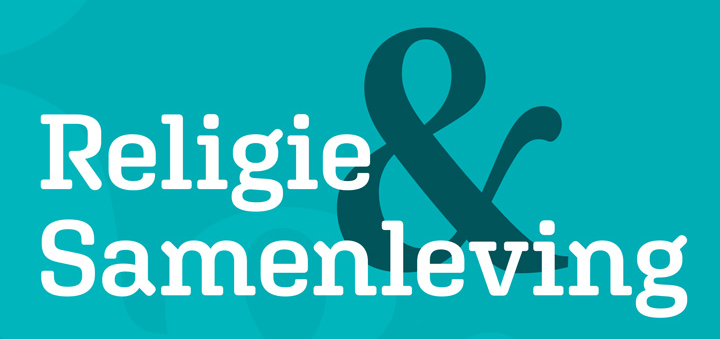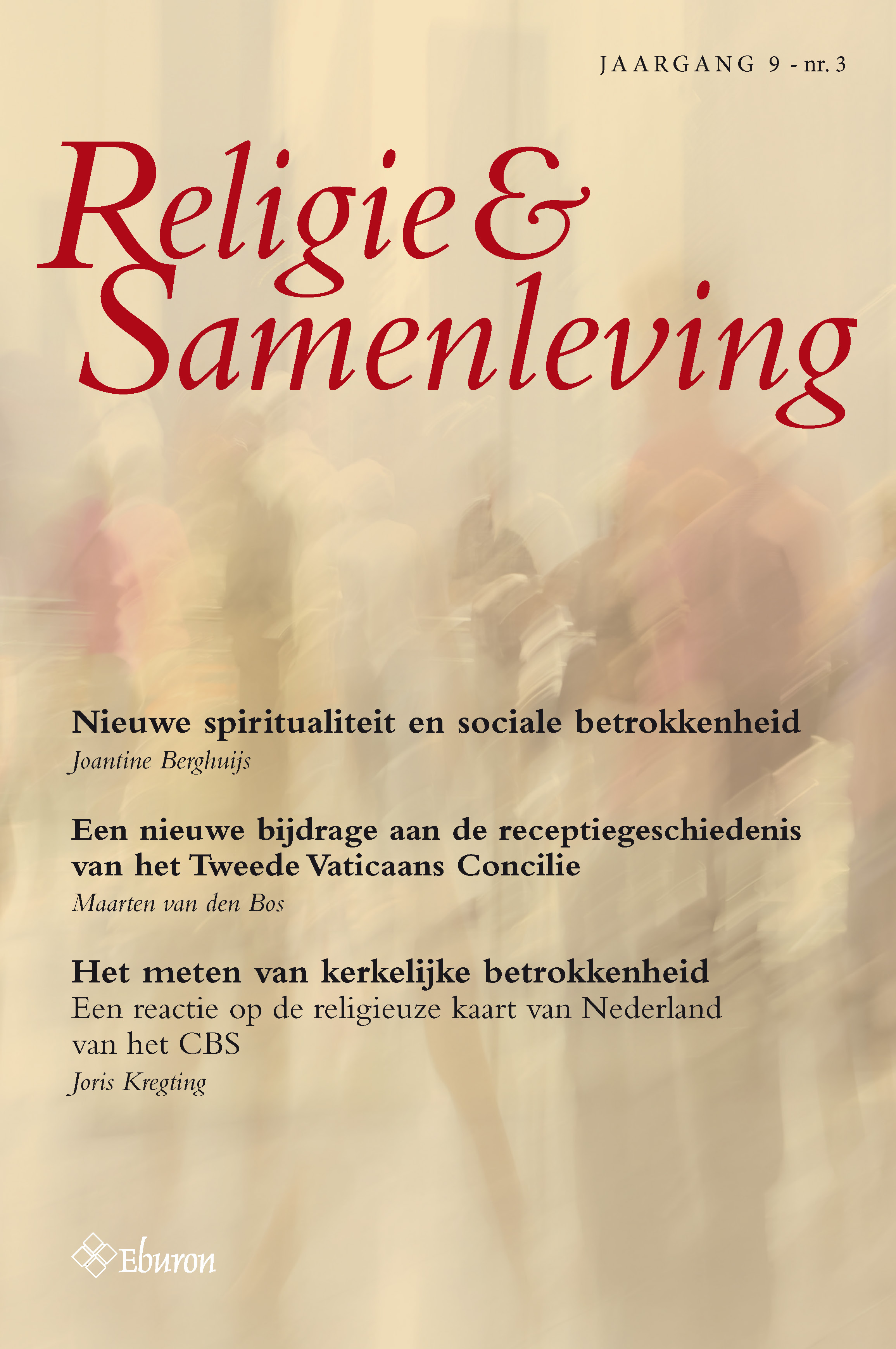Het meten van kerkelijke betrokkenheid
Een reactie op de religieuze kaart van Nederland van het CBS
DOI:
https://doi.org/10.54195/RS.12562Samenvatting
In September 2014, Statistics Netherlands (CBS) presented a religious map of the Netherlands. This map received criticism for the way in which different groups of Protestants were classified and for the absence of non-organized religion. This article focuses on a different aspect of the religious map: the way Statistics Netherlands questions church membership and its usability for a classification of church involvement in the Netherlands. In such a classification it makes sense to distinguish involvement through an initiation ritual (baptized/made confession in a church), involvement because one considers himself of herself as a member (the question about church membership) and involvement through participation in church activities (such as church attendance). Statistics Netherlands reports a group of people of which it is not clear whether they are or whether they are not church members. They regard themselves as members of a church without having a personal bond with that church. It seems to be more a bond with a church because of an initiation ritual in their youth or because of the important social role they assign to churches. Renewed research on this assumption is necessary. After that Statistics Netherlands can decide whether they will adjust the way they question church membership.




